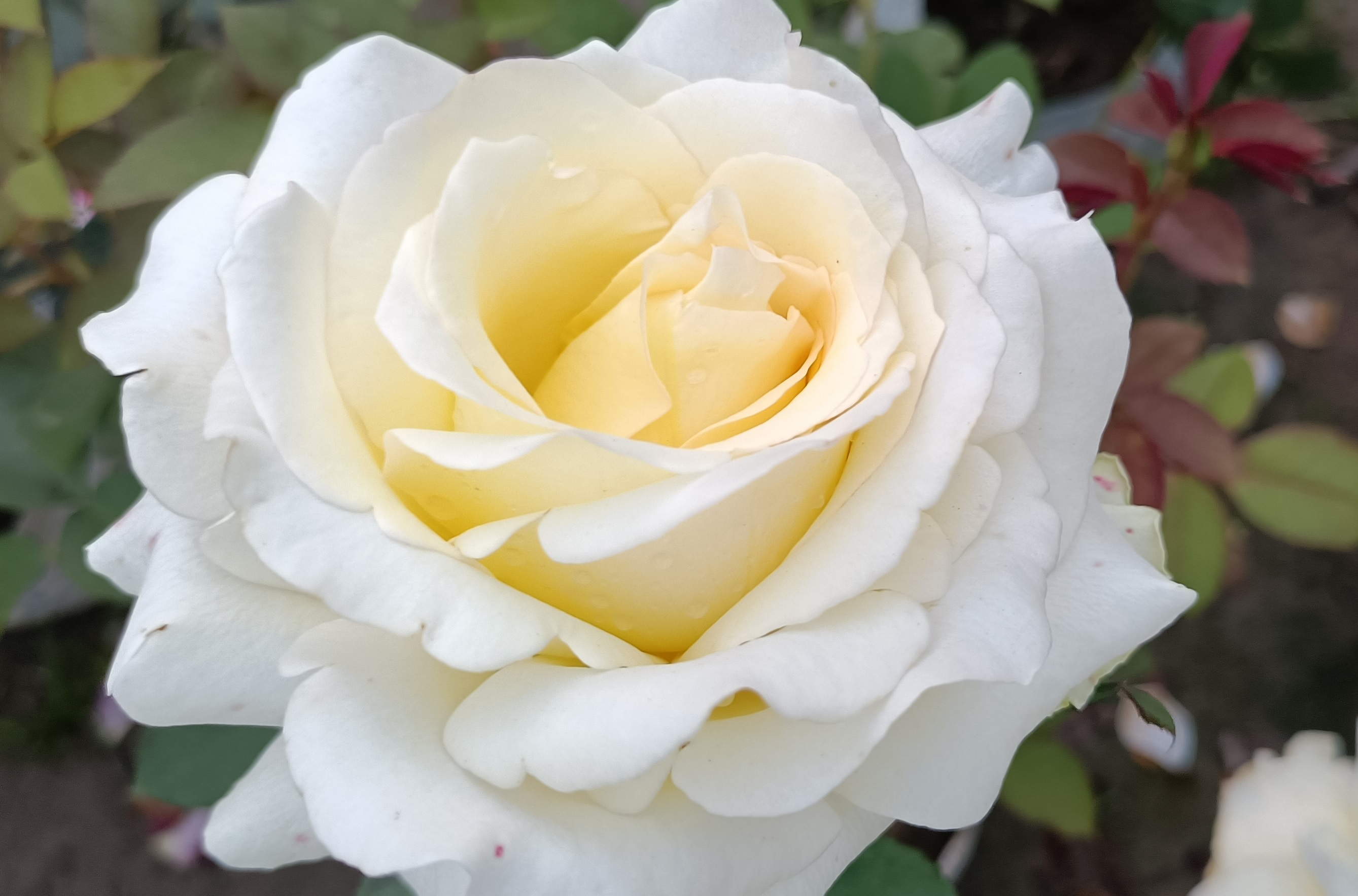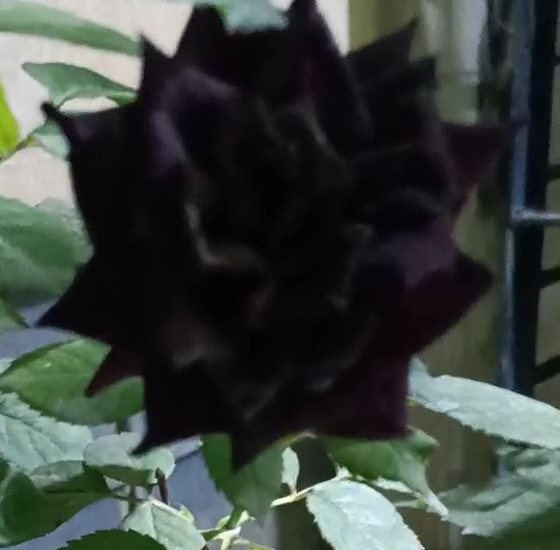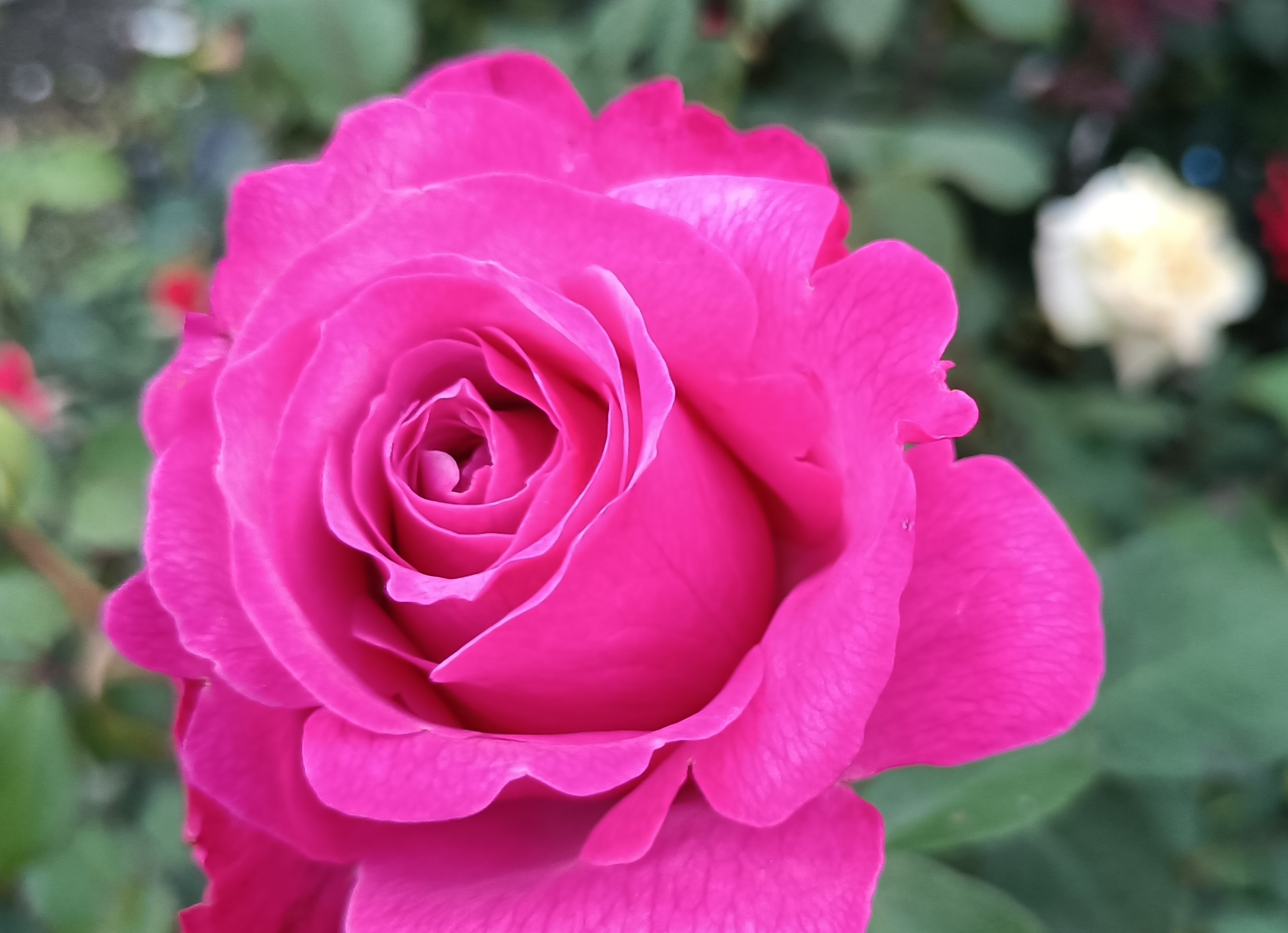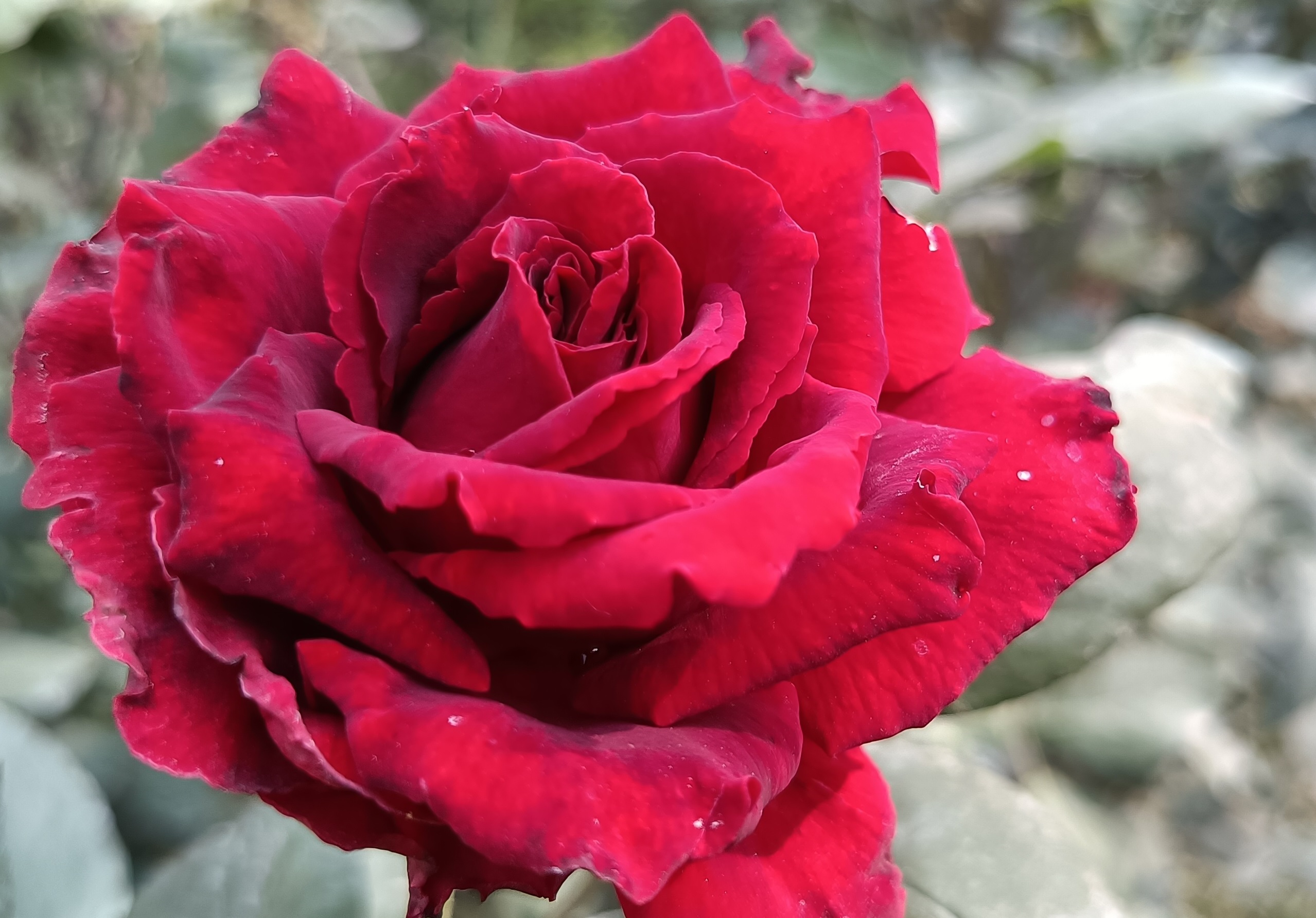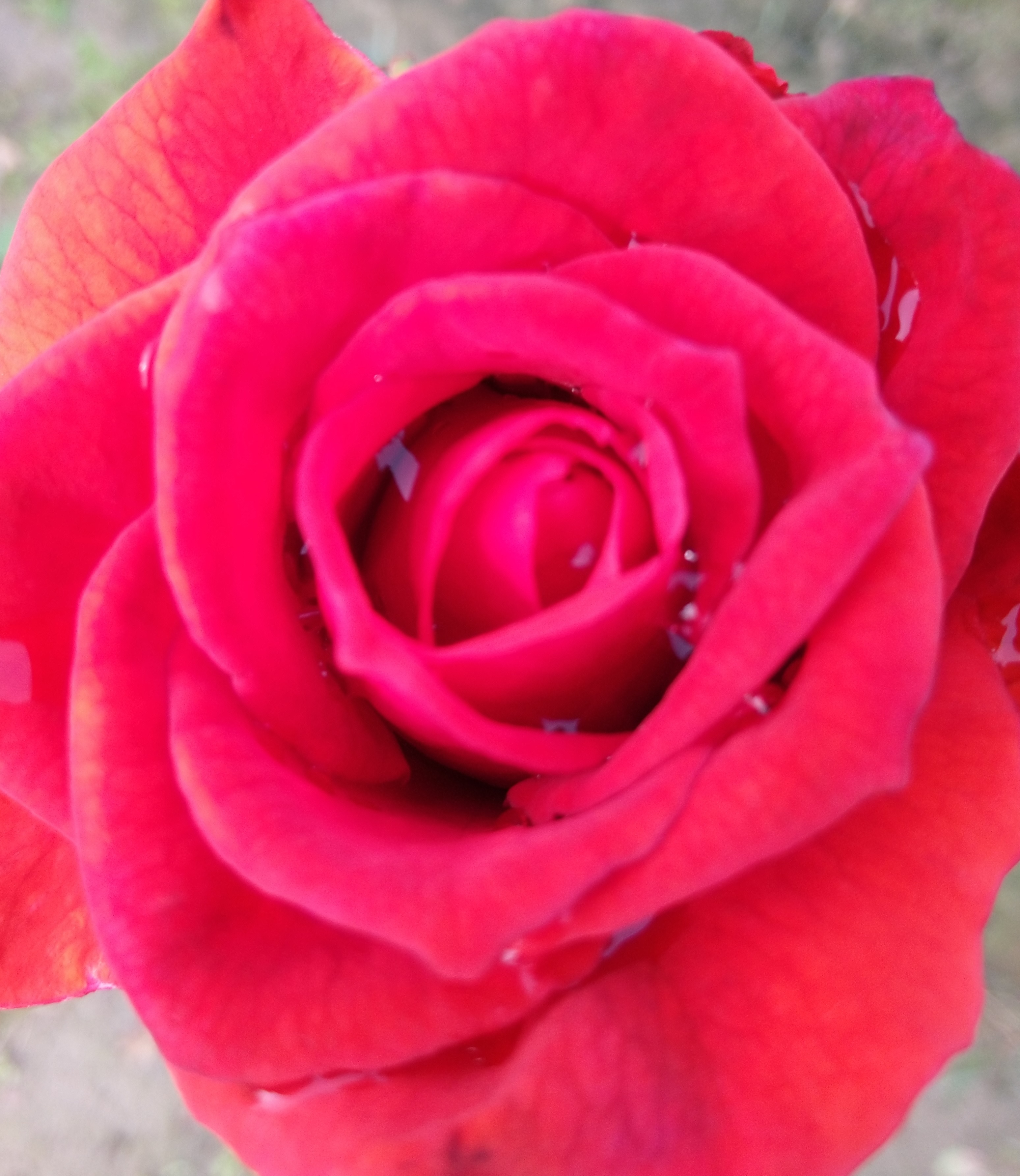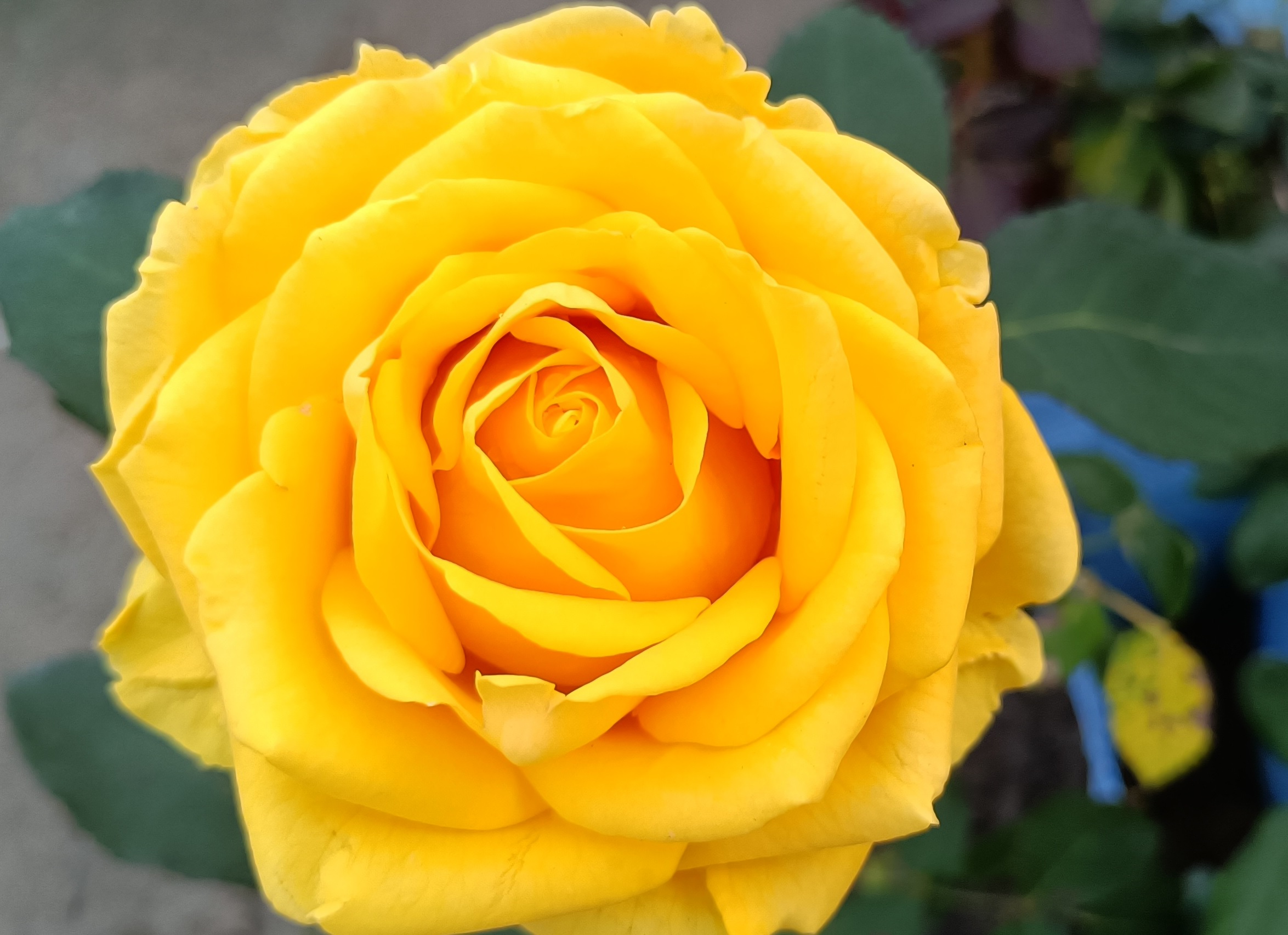Rose - :- The Queen of flowers |
Roses are lovely, romantic and beautiful in any garden! But
growing rose in not very easy. Even its not very difficult also. Only
thing is there should be 5-6 hrs sunlight in your balcony or garden.
Rose is a very sensitive plant and multiple pest and fungus attaack
happens through out the year. Though rose grows and blooms through-out
the year, winter (when day and night temperature varies) is the best
season for blooming and growing rose. Space does not matter much! You
can grow rose in ground as well as in pot. Only thing it matters are
sunlight and temperature. Even now many hardy varites of roses are
available which can grow in adverse weather condition.
How to Grow and Care for Rose Plant:
- Buy some saplinging (plants of 6-12 months old) from local nursery. If its not available in local nursery, buy it online. Please do not try to grow from cuttings. It would be wastage of time. If you are serious to grow rose, please buy it becuase in Nursery they graft the female rose plant (5 leaves) on the male rose plant(7 Leaves). Grafted rose plants are strong and easily survive and produce more flower.
- Soil preparation is very important for rose plant. Rose prefers well drain soil. Mix sand, compost and garden soil in 1:2:1 raito
- Use 8 inch or 12 inch clay pot to grow rose
There is no end to caring of rose plant. But you can grow rose moderately with minimum cares. Here we disscuss how we can gorw decent rose plant and get flowers with minimum care and minium pesticides.
Followings are the thumb rules to grow rose plants:
- Use Clay Pot. Initially use 8 inch pot. One year later move it to 12 inch pot. There should be clear drainage in the pot. Please do not argue on this point.
- You need to have atleast 4-6 hrs sunlight in your garden
- Please do not give excess water. You need to judge it on how freeqently you need to water the plant. Alternate day or once in three days should be good. .
- Please do not give excess NPK. On an average 5 gram NPK per plant per week. I use 10-26-26 or 14-35-35. Using 10-26-26 is comparatively safe
- Plants are died because of excess care, water and NPK
Use Followings pesticides and fungicides :
- Fungicide - Use at least two fungicide. I normally use Saaf and Antracol.
- Intrepid
- Kaka.
- Ekka
- R303
- Tafgor
- Agromin Gold>
- Tafgor

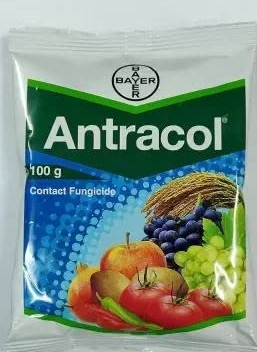

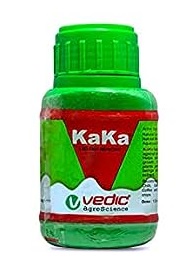

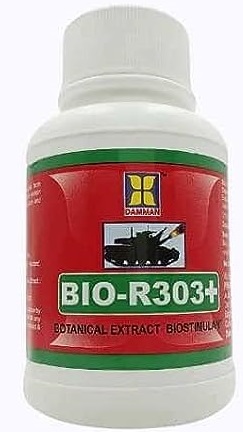


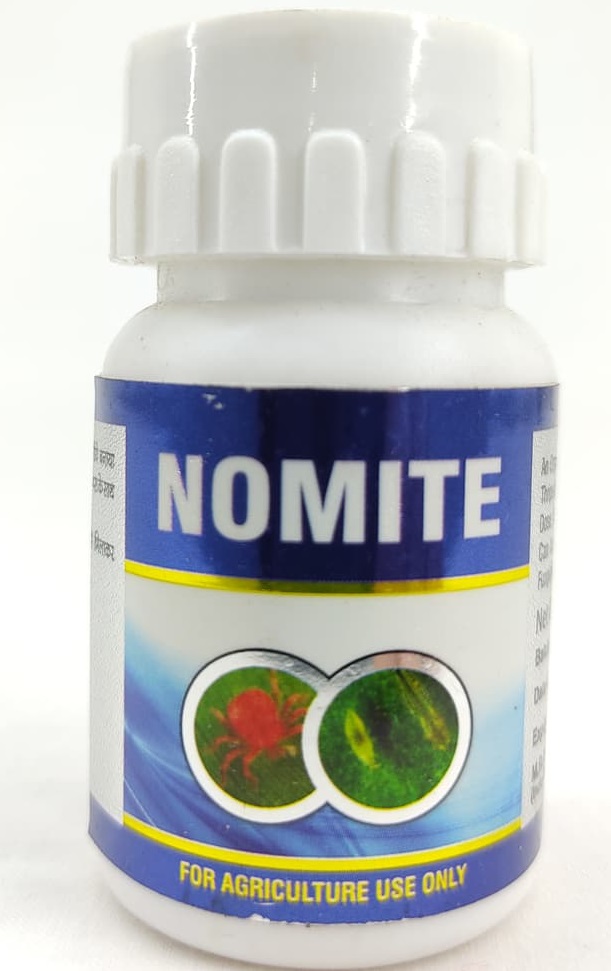
Light
While roses like six hours of sun per day, it does matter what part of the day those six hours come from. Six hours of morning sun is preferable to six hours of afternoon sun, for two reasons:
Rose foliage prefers to be dry. The quicker the dampness from the night is burned off the foliage, the less likely disease is to become a factor. Afternoon sun is often excessively hot. Roses profit from some afternoon shade. Soil
Roses grow best in loamy, well-drained soil with a pH ranging from 6.5 to 6.8. When improving the soil through soil amendments, do not forget to promote drainage by incorporating peat moss. Regardless of the year's season, apply 2 or 3 inches of mulch over the soil around rose bushes.
Water Typically, it is best to water roses twice a week—and water them thoroughly. It's better to water deeply twice per week than to water less deeply more often.
Avoid late-evening watering, which can foster powdery mildew, a very common disease among rose plants. By watering at the end of the day, you are not giving the sunlight a chance to dry things out before night falls. The result is that moisture hangs around all night, creating optimal conditions for powdery mildew.
For the same reason, avoid watering roses from above. Getting the leaves wet will only invite an infestation of powdery mildew. Instead, apply the water at ground level.
Temperature and Humidity Roses can survive periodic weather extremes, but they prefer temperatures between 60 and 70 degrees Fahrenheit and a humidity range between 60% and 70%. Fertilizer A good rule of thumb for beginners is to feed roses monthly with a 10-10-10 rose fertilizer. Start feeding them when they are actively growing in spring, coinciding with pruning time.
Pruning :
Pruning rose bushes is one of the trickier operations for gardeners new to this aspect of horticulture. The proper type of pruners to use is a set of bypass pruners, not anvil pruners, which can crush the stems. Here are some pruning tips based on the climate in your region:
Types of Roses:
There are near about five thousand types of rose flowers!
Among the 5000+ species and many more cultivars available, roses are generally grouped into five broad categories:
Hybrid tea rose bushes are the most common popular because they produce big roses. One flower in one stem. Polyanthas produce clusters of rose flowers. Floribunda is the a cross between hybrid teas and polyanthas. Grandifloras produce large rose group on a big stem. . Many creeper roses is used for landscaping. plants.
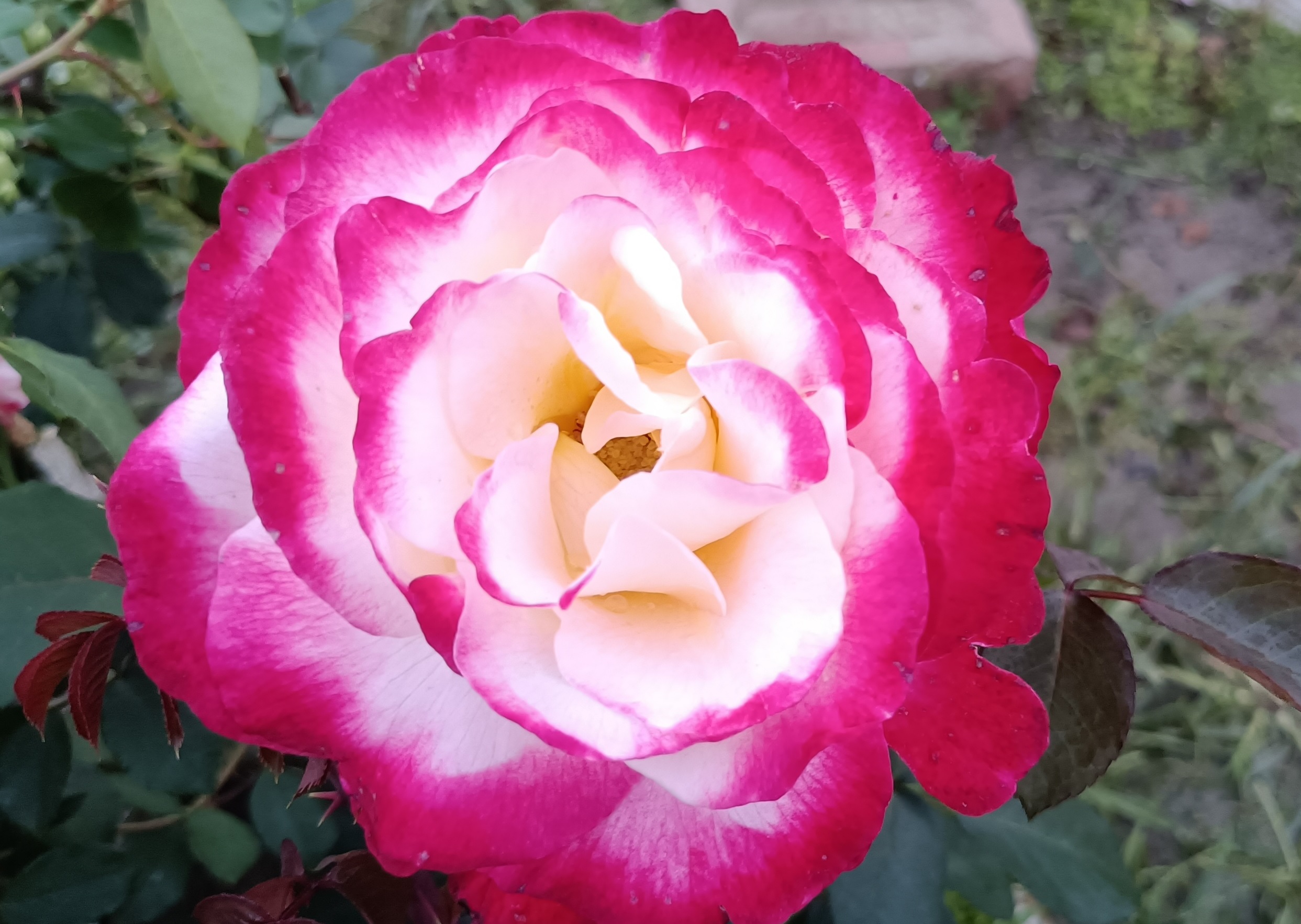

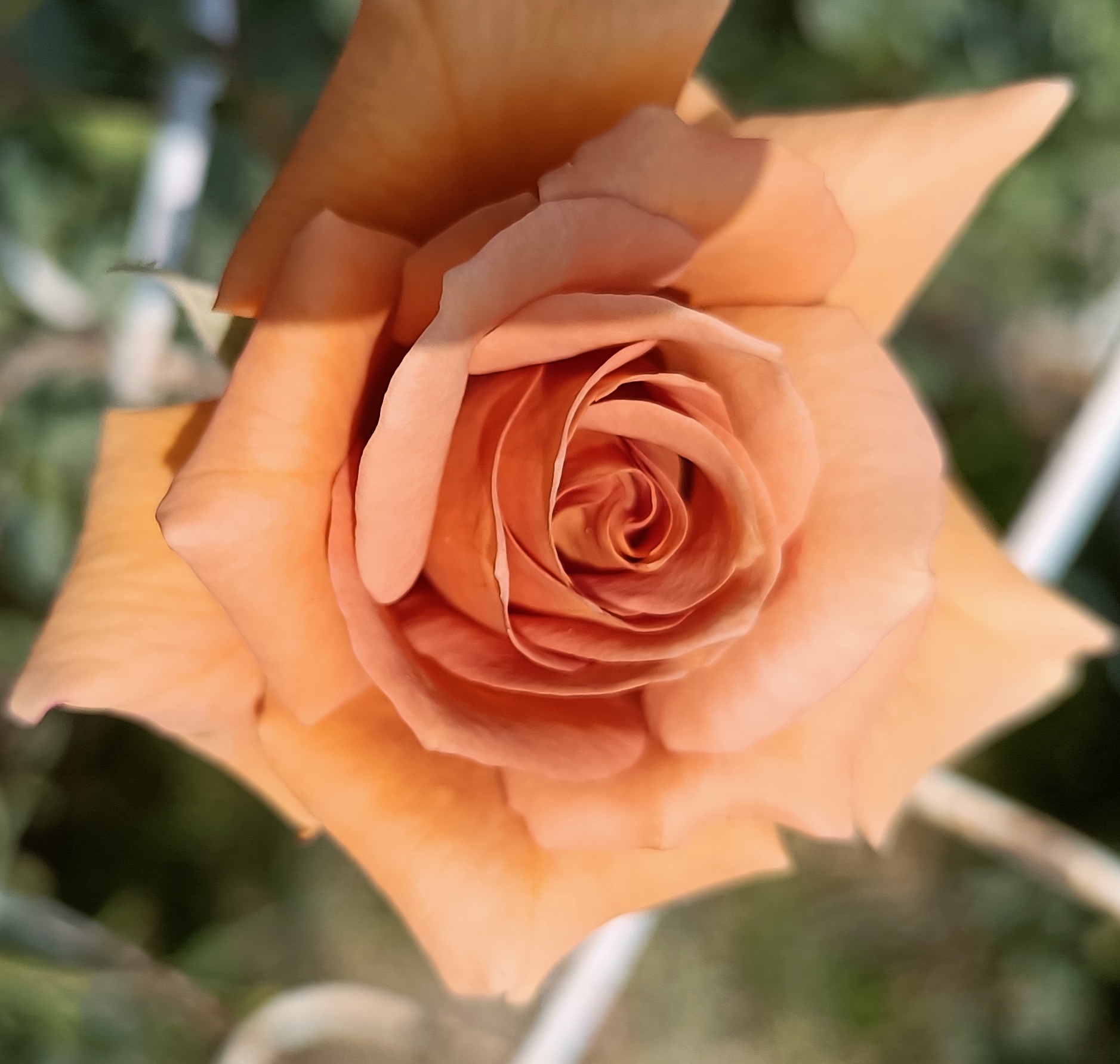
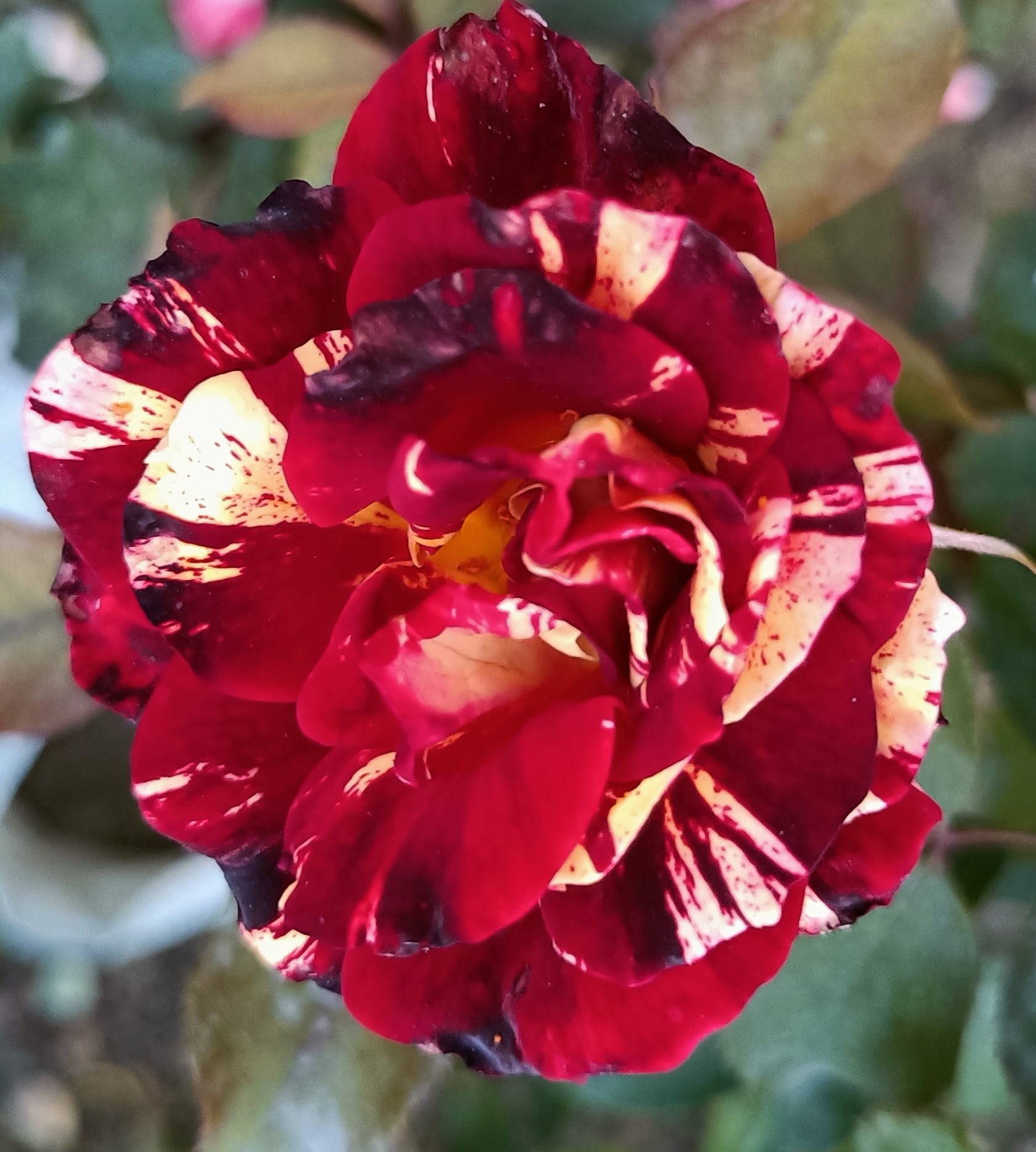
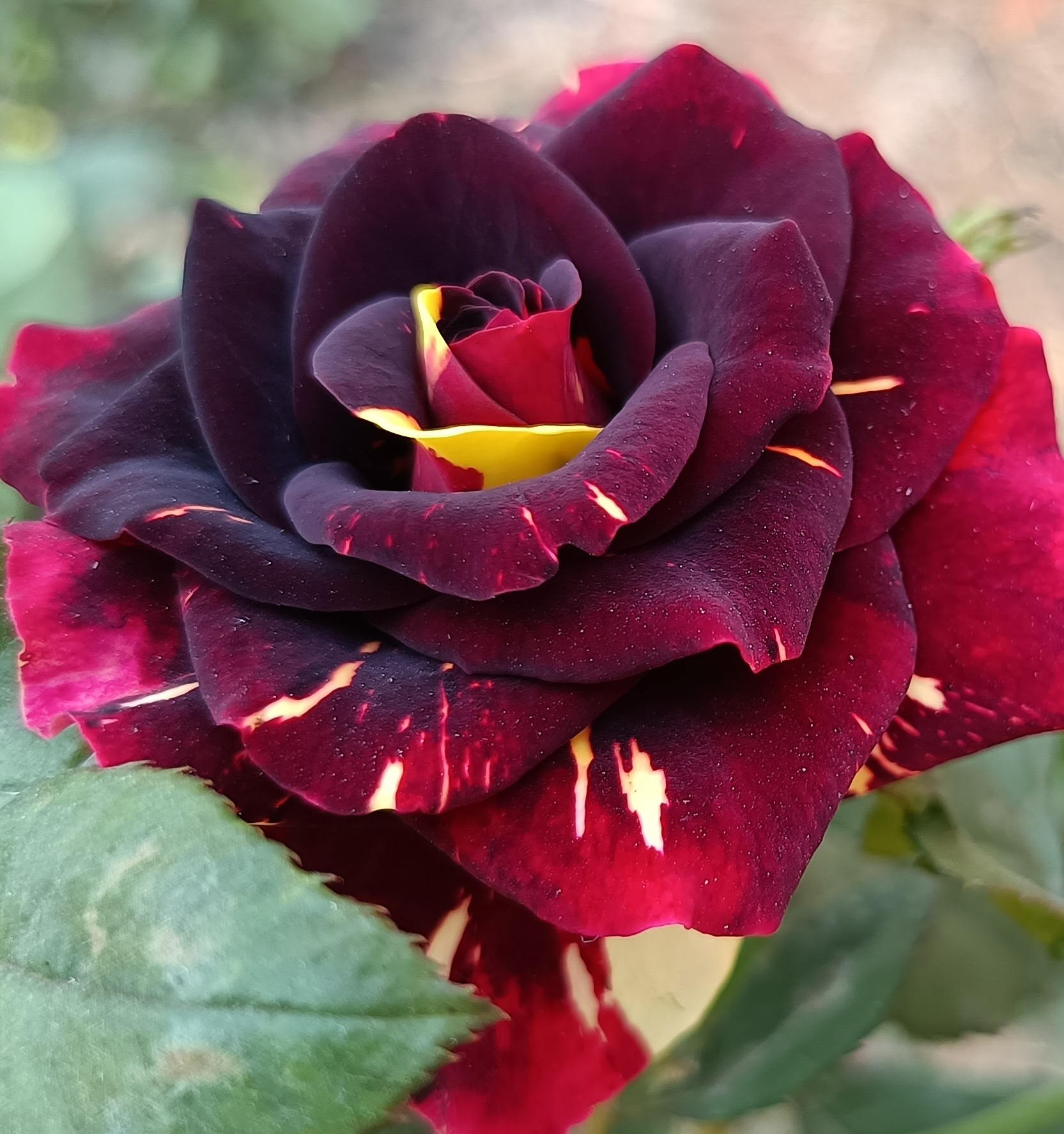
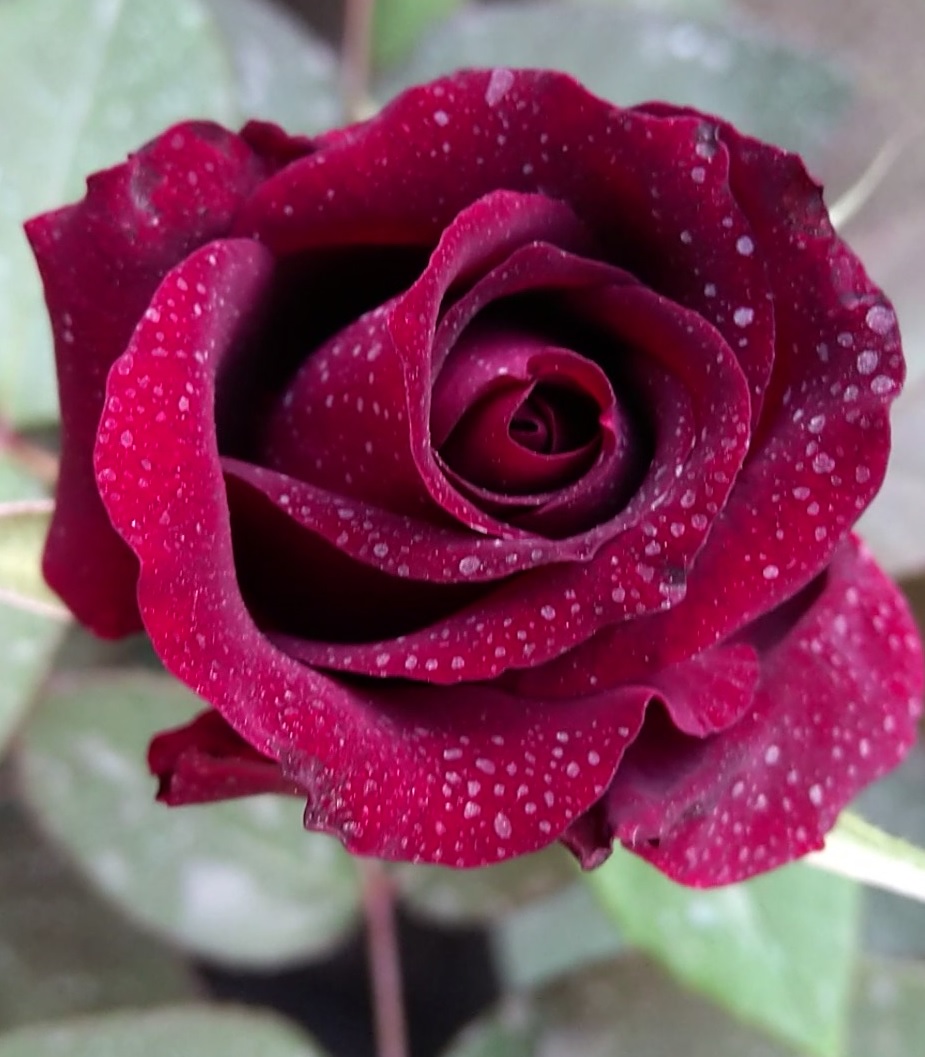
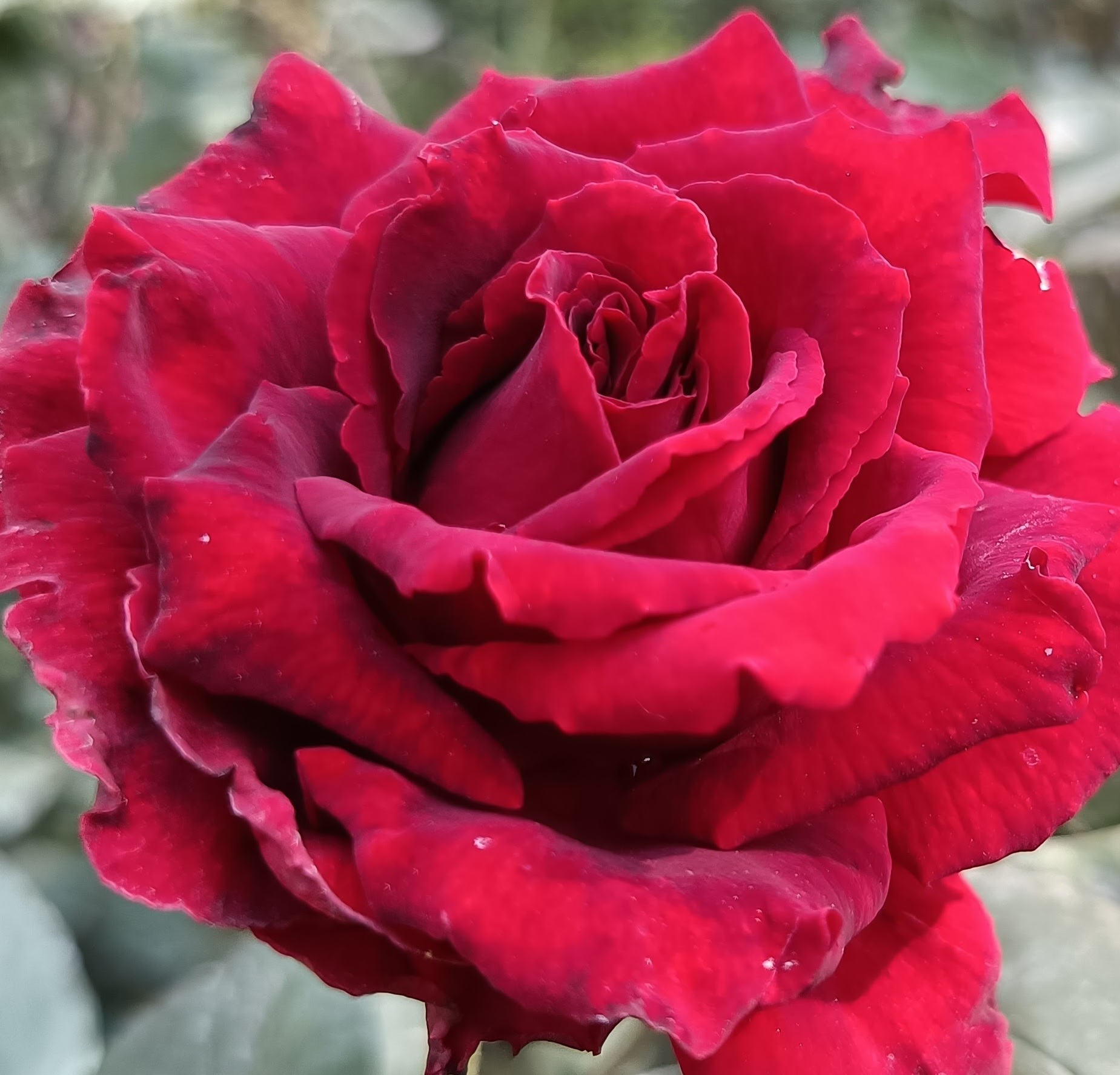
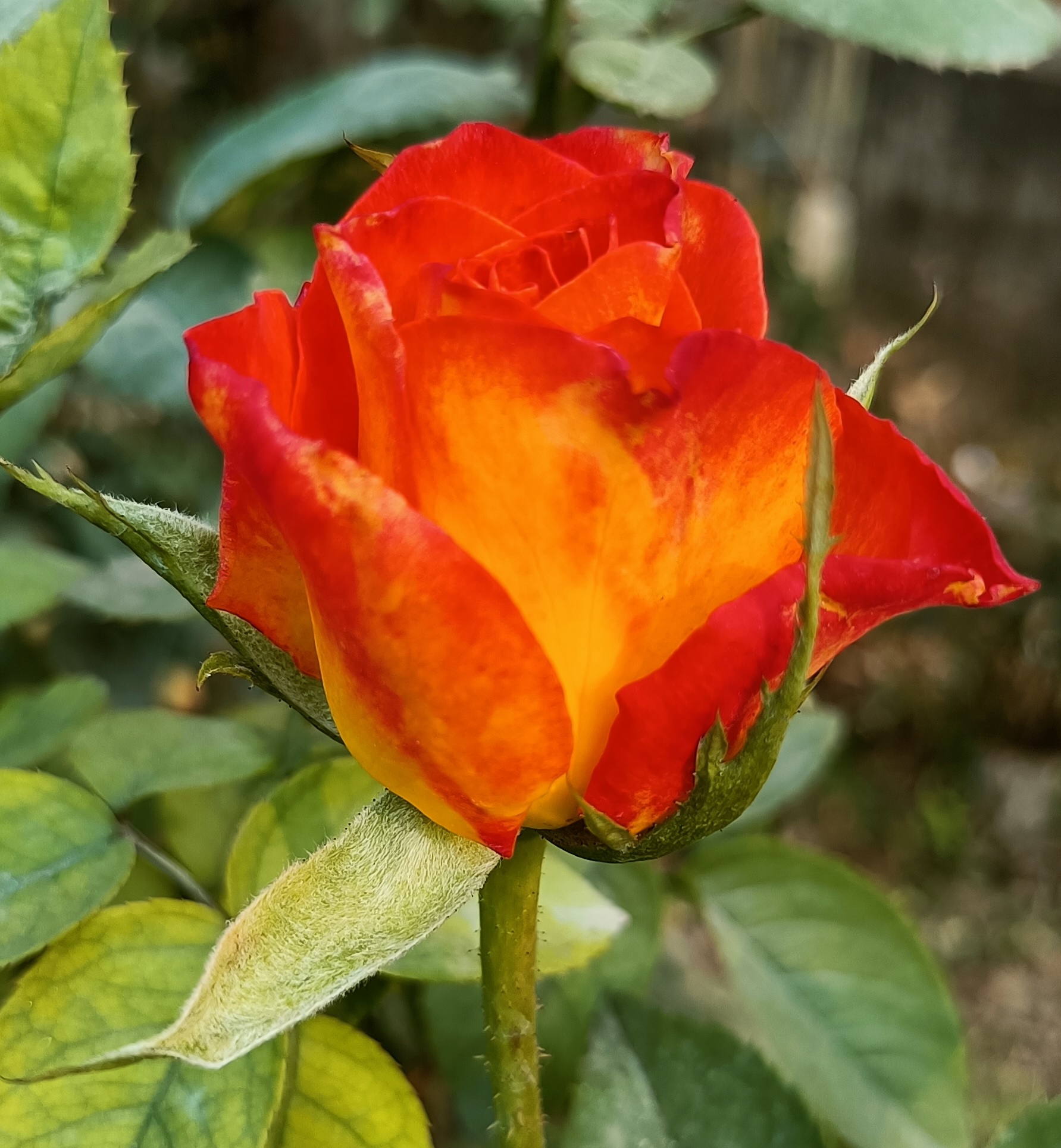

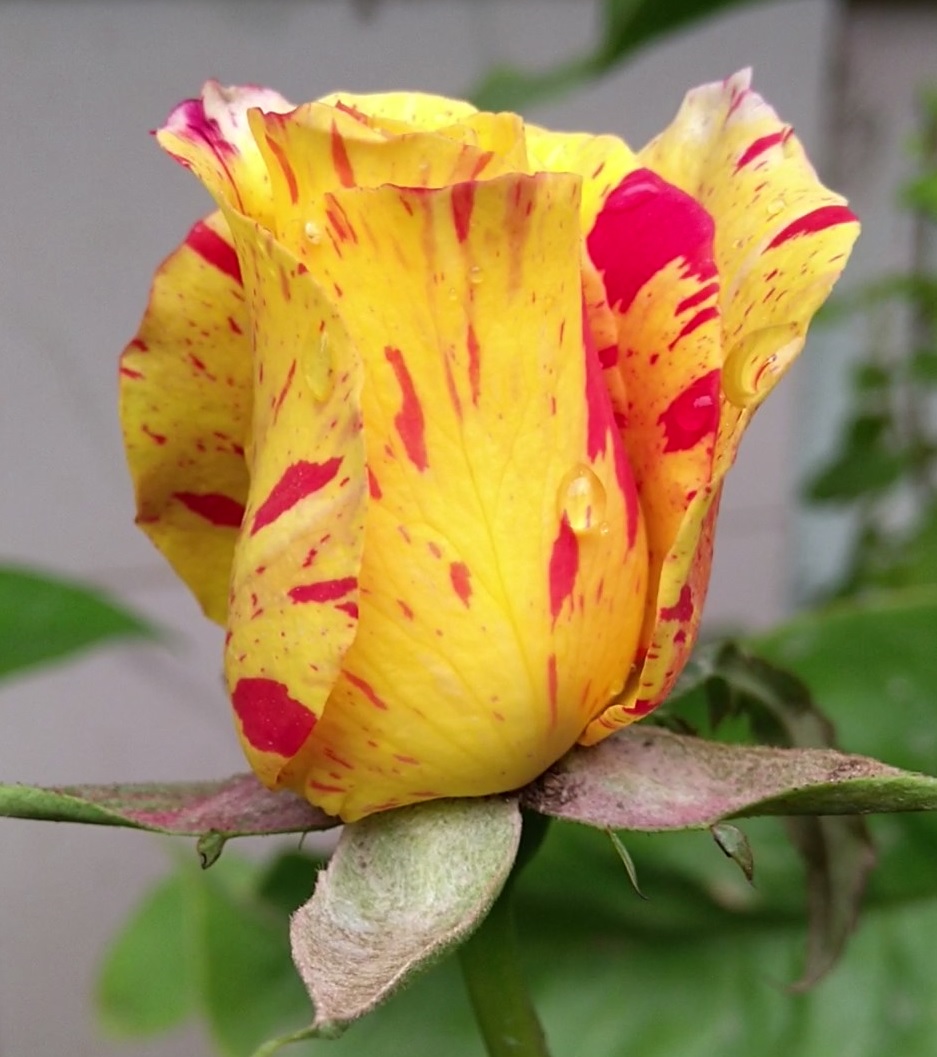


Benifits Of Rose:
- It's very beautiful flower! Enhance garden / home beauti!
- Gulab jal is prepared from rose petals.
- May reduce wrinkles and slow down skin aging.
- Promotes restful and peaceful sleep..
